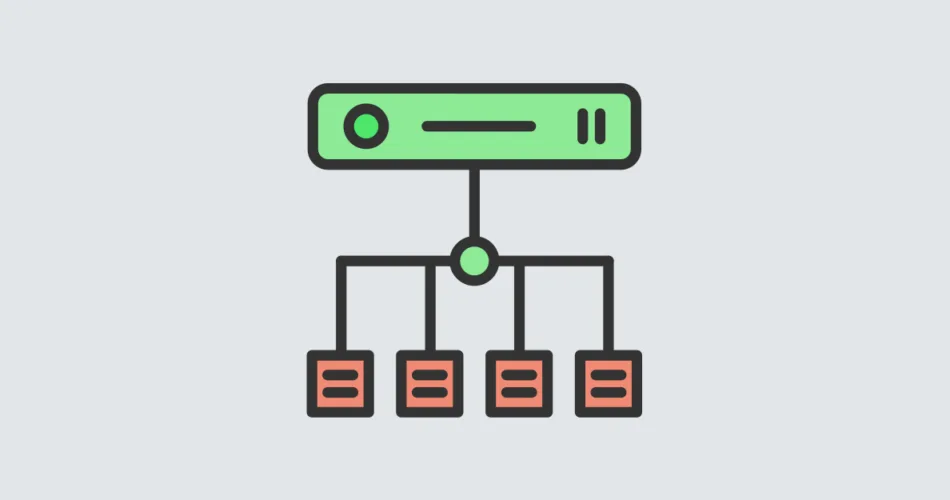In the dynamic landscape of microservices architecture, scalability and load balancing are the cornerstones of ensuring optimal performance and responsiveness. This blog post unveils the intricacies of scaling and load balancing within a microservices ecosystem, exploring different strategies and highlighting their impact on application efficiency.
Horizontal vs. Vertical Scaling:
Horizontal Scaling: Horizontal scaling involves adding more instances of services to distribute the load. When user demand increases, the system adds new instances to accommodate the surge in traffic. This strategy proves especially effective in microservices, as it enables the independent scaling of each service based on its workload.
Vertical Scaling: Vertical scaling focuses on increasing the resources of individual instances, such as adding more CPU, memory, or storage. While this approach can enhance the capacity of a service, it has limits and might not be as flexible as horizontal scaling.
For example, consider an e-commerce platform. During a flash sale, you can employ horizontal scaling to add more instances of the order processing service, ensuring timely order placement and payment processing.
Microservices Auto-Scaling:
Auto-scaling in microservices is the dynamic adjustment of resources based on real-time demand. By leveraging metrics like CPU usage, request latency, or queue size, auto-scaling ensures that services expand or contract as needed, maintaining a balance between resource utilization and responsiveness.
Imagine a ride-sharing app. During peak hours, when ride requests surge, auto-scaling can automatically increase the instances of the location-tracking service to provide accurate and real-time driver locations.
Load Balancing Algorithms:
Load balancers distribute incoming requests across multiple instances of a service to ensure even resource utilization and prevent overloading. Certain Load balancing algorithms like Round Robin, Least Connections, and Weighted Round Robin dictate the allocation of traffic.
For instance, a social media platform uses the Least Connections algorithm to direct users’ requests to the service instance with the fewest active connections, minimizing response times.
Choosing the Right Strategy:
The choice between horizontal and vertical scaling depends on the application’s architecture, the nature of the workload, and the anticipated growth. By dynamically adapting to fluctuations in demand, auto-scaling enhances efficiency, while load balancing algorithms ensure optimal allocation of resources.
In conclusion, Scaling and Load Balancing are pivotal in the realm of microservices. Whether opting for horizontal or vertical scaling, leveraging auto-scaling, or deploying load balancing algorithms, developers can ensure that their applications meet user expectations and deliver a seamless experience.
Elevate your microservices architecture by embracing scalability and load balancing, transforming your applications into robust and high-performing solutions in today’s dynamic digital landscape.
Subscribe to our email newsletter to get the latest posts delivered right to your email.


Comments